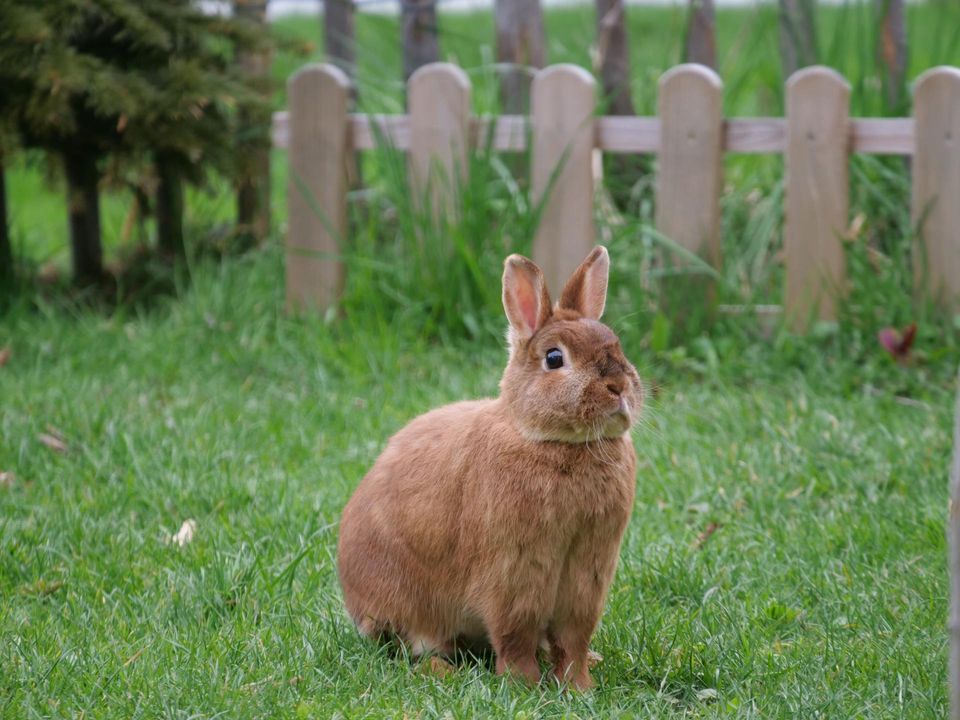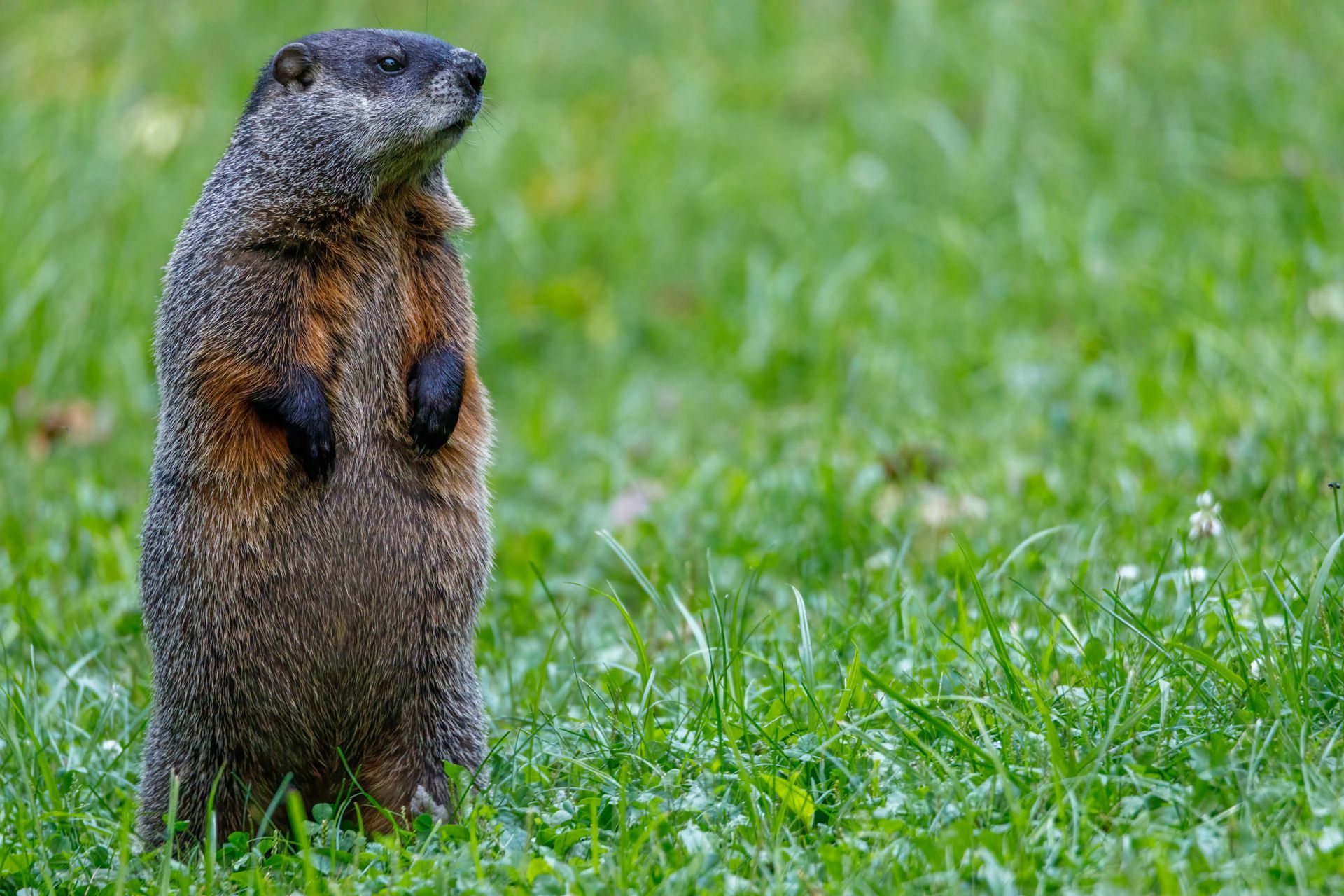The Damage Rabbits Can Do To Your Lawn and Garden
Rabbit damage can go far beyond nibbling your grass.
With the Easter holiday having come and passed and Punxsutawney Phil having not seen his shadow, spring is truly on the way. While warmer weather and floral blooms ring in the season of rebirth, a lot of local fauna will be coming back to yards and gardens as well. Ground squirrels, chipmunks, and rabbits will return in full force seeking out food - and their scavenging can take a heavy toll on your greenscapes. Before looking for solutions and preventative measures to protect your lawn and garden from these spring-time feeders, let’s explore exactly what damage a rabbit can do.
The most common type of rabbit found across North America is the Eastern Cottontail - identified by their medium size, large eyes and ears, and rusty-brown coat. While the Eastern Cottontail, like many breeds of rabbits, can be seen as active during the winter, they mate primarily in the spring and summertime - creating a population boom, as well as an increased need for nutrition on the female’s part. Like most rabbits, Eastern Cottontails are opportunistic herbivores; this means that they will eat most anything vegetal, though they primarily eat grass and leafy greens.
While rabbits do love many highly-sought-after lawn grasses (such as Kentucky Bluegrass), vegetable greens, fruits, clover, and daffodils are favorites for many species of rabbits. Whether you curate an edible or floral garden, the risk of losing your flora to hungry rabbits remains high. With similar risk as lawn damage, more delicate plants will succumb to oversalination if rabbits are frequently visiting and urinating among your greens. The ingestion of your plant’s greens and the salinization of your soil can cost you entire gardens if not properly mitigated.
On top of the damage that rabbits will deal directly to your greenery, rabbits are also known to gnaw on and through tubing for irrigation and electrical wiring that may be running at ground-level across your property. Ultimately this is detrimental to the rabbit if ingested, but rubber makes for decent nesting material when the rabbit is building its den. Young trees are also at risk of fatal damage by rabbits as the weather cools down through the fall and winter. As fresh, green vegetation dies off, the rabbit diet shifts toward twigs and tree bark - meaning that the fresh bark of young trees is likely to be stripped by a rabbit population, killing the tree.
While a telling sign that warmer weather is on the way, rabbit activity is also a signal to step up protections on your lawn and garden against the razing of a hungry bunny. Critter-Repellent has the solution for your greenery! Check out our safe and natural rabbit repellent and keep your garden green!
Critter Repellent All Natural Animal Repellent Blog














